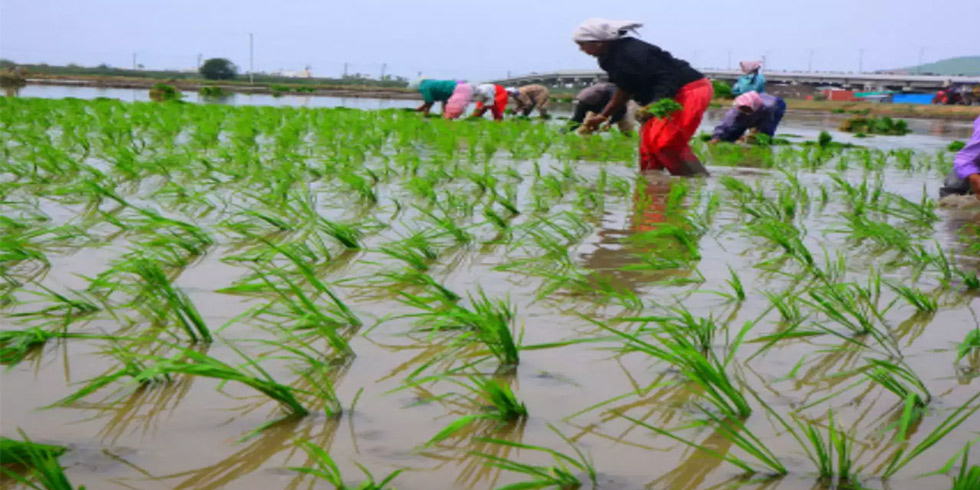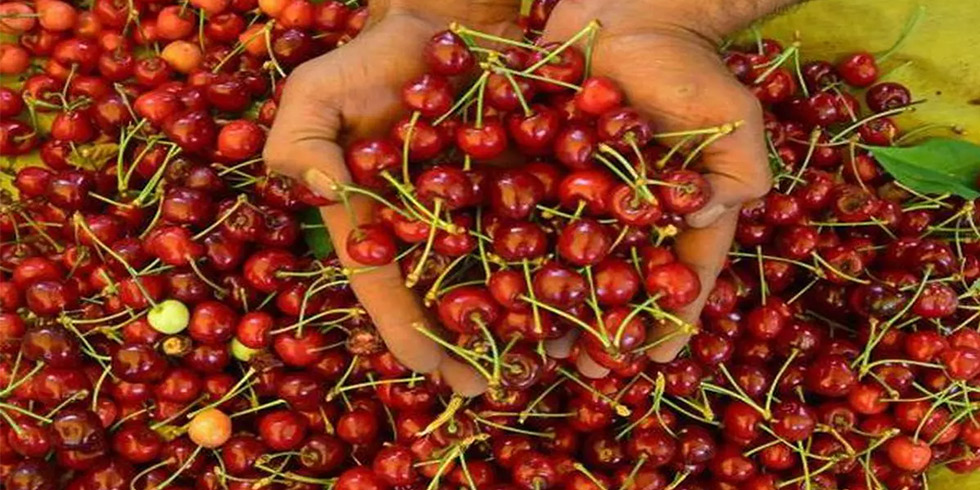India is the world's largest milk producer, producing one-fifth of all milk produced worldwide. In recent years, technologically driven products, services, and solutions have benefited the Indian dairy business tremendously. The dairy industry is benefiting from innovative technologies that help them manage their businesses more efficiently.
In recent years, the Indian dairy business has seen significant technological developments. Apart from technical developments to improve farming operations and the organisational supply chain, Indian firms are also investing in big data. Staying on top of trends and connecting with changing consumer desires and requirements is crucial for the dairy sector.
By developing automated solutions that employ the Internet of Things (IoT) and advanced analytics to increase milk output and quality for India's small dairy farmers, the ICT industry is playing a key role in reforming the country's mostly unorganised dairy sector.
However, India's dairy supply chain is undergoing a variety of technical advancements. In the supply chain, cold chain technology is likely to advance quickly. Blockchain technology is being used by an increasing number of dairy manufacturers, suppliers, and other stakeholders to offer customers with real-time data about their products.
Customers can access information on the origin of the milk, how and where it was gathered and packed, how old it is, what type of transportation and cold milk chain facilities were utilised, and so on, by scanning a QR code on the packaging with their mobile devices.
Farmers can use a wearable sensor to monitor a cow's health and yield, as well as measure key metrics like milk yield. Farmers can utilise this information to gain rapid feedback, which they can compare to their peers in order to boost production and income. Cows were historically milked by hand. This is not only a time-consuming job, but it also has a cost of operation, which drives up the price of milk.
Dairy farmers can use robotic milking robots to reduce physical labour, maintain a sanitary milking procedure, milk cows at any time of day instead of on a set schedule, and enhance milk production.
Robotic milking machines feature arms or cups with sensors that can be individually attached to the teats of cows. The sensors can tell if the cow or one of her teats is ready to be milked. Machines can identify contaminants, colour, and milk quality after the milking process begins. If the milk is unfit for human consumption, it is diverted to a different container. When the job is done, the machines may clean and disinfect the teats on their own.
The health of the animals, as well as the weather, determine the amount of feed required by cattle. For example, a sick or pregnant cow may require additional nutrients. Cattle require extra glucose in their feed when the weather is hot and humid.
Farmers can use digital feed monitoring technologies to identify feed quality, manage feed inventories, and evaluate the feeding patterns of their cattle. Farmers can utilise a feed monitoring technology to design a customised diet for each cow depending on their body weight, milk quality, and output, resulting in increased fertility and productivity.
The digital system informs the animal of its pregnancy diagnosis, and after nine months, the calving information, including the calf's sex, is recorded in the mobile application along with the calf's date of birth. The system also maintains track of the deworming and vaccination schedules for the neonates. Because of digitisation, transparent information and its analysis can be used to make accurate decisions and assist the animal husbandry business develop.
The dairy industry's fortunes have transformed due to consumer preference for a healthier lifestyle. As a result, dairy food manufacturers have been obliged to dramatically expand their product lines. One of the dairy industry's main goals is to supply people with long-term nourishment (good food) that is also environmentally friendly.
Furthermore, the dairy business is seeing an increase in customer demand for transparency. Dairy companies may make better decisions by utilising technological platforms such as sensors, data analytics, and digital technologies at new levels. Companies are devising new and inventive ways to entice customers.
In recent years, the Indian dairy business has seen significant technological developments. India, being the world's largest milk producer, is a key player in the dairy business with significant growth potential. Despite the industry's ongoing concerns, there is a growing appetite for dairy products. The automation and digitalisation of end-to-end production and operations activities has been facilitated by farm management software. It makes sense for industry start-ups to build strategic collaborations with large companies to produce greater value for small farmers by providing a comprehensive perspective of all farm activities, managing records, generating reports, and finding inefficiencies.








Add Comment